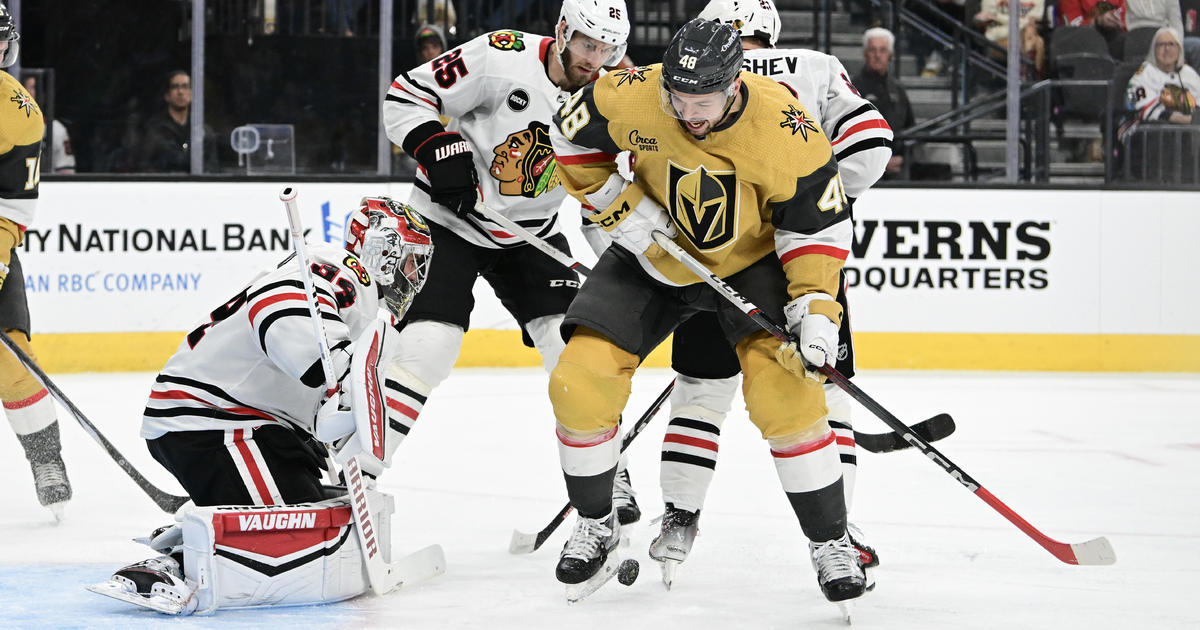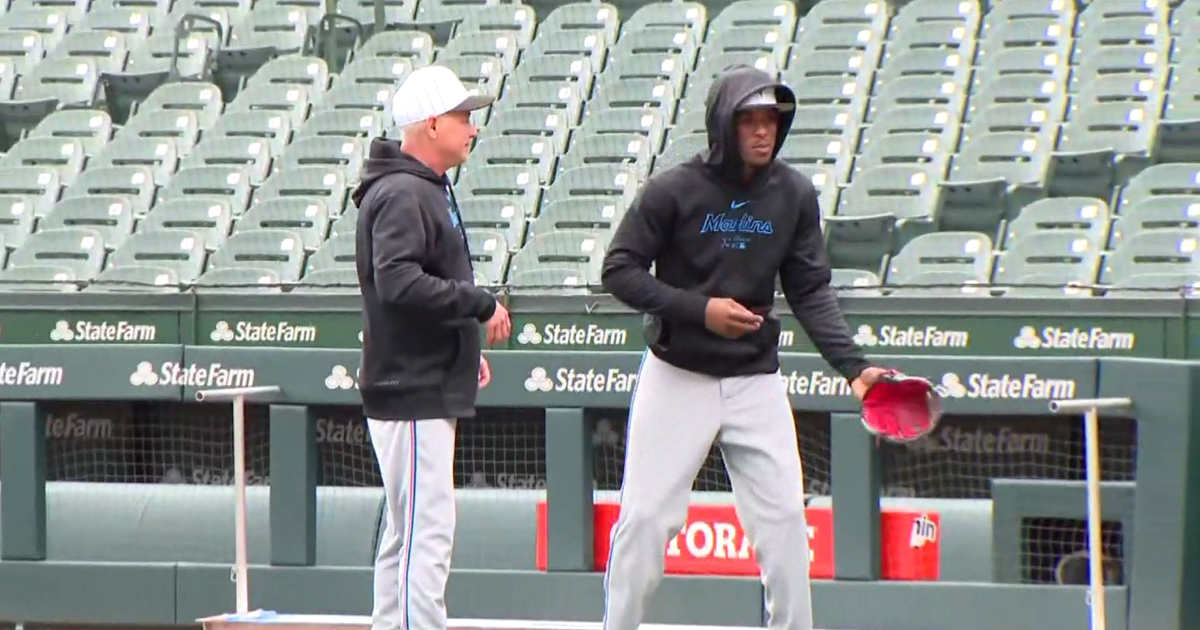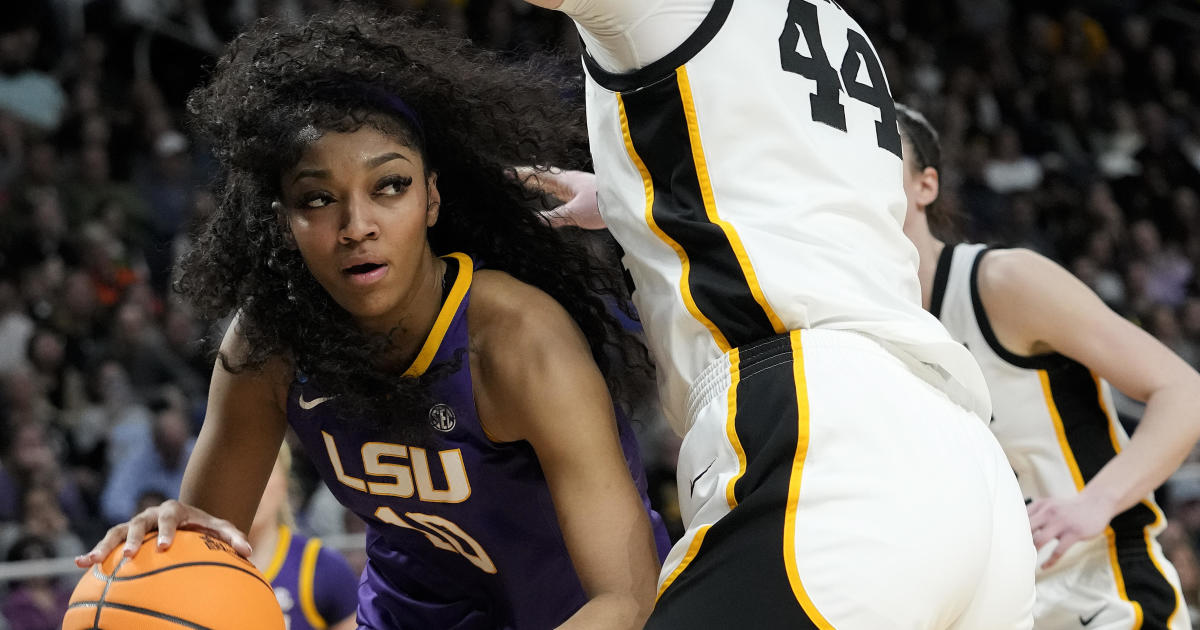Bernstein: College Football's Attendance Problem A Large-Scale Issue
By Dan Bernstein--
670TheScore.com senior columnist
(670 The Score) The numbers are in for the 2017 season, and for anyone invested in the business of college football, they're troubling to say the least.
Fewer and fewer people are actually going to games, according to CBSSports.com, with the year-over-year drop of 1,409 fans per game among FBS schools the largest such decline in 34 years. It was the second-largest downturn since records began to be kept in 1948, and — perhaps most ominously — it's the first time ever that national attendance has gone down in four consecutive seasons. The issue is broadly based across regions and conferences, indicating large-scale issues at work.
Students not choosing to attend is a big part of it, with their attendance found to be down 7 percent since 2009 when tracked by The Wall Street Journal in 2014. As a best guess, a refresh of those stats, along current trend lines, would show further erosion, with many colleges scrambling to make their stadiums more like the living rooms and bars that the kids don't seem to want to leave when consuming the product.
When emptier student sections were first noticed even at such places as football-rabid Alabama, research indicated that attendance was dissuaded by poor cell service and any inclement weather that could interfere with in-game texting and other device usage. So attempts to remedy that have now been made by adding coverage and providing lounge-like areas to approximate the home experience. And this was already clear way back in 2013.
"It's all in the smart phone," bowl association head Wright Waters told the Tuscaloosa News back then. "The first thing you've got to do is you've got to have enough wi-fi bandwidth in your stadium that the (attendee) can do what he wants to."
Then there's the population beyond the campus, dealing with similar incentive to watch on larger and better televisions and unable to just stroll from the dorm to games, all while facing increasingly prohibitive costs for both tickets and parking, particularly for the biggest matchups that see price surges for every expense.
It isn't just a millennial thing, is the point.
A shrinking middle class has less discretionary income to put toward multiple pilgrimages to the some capitol city every fall. And the continuing shift of the American economy from full-time, Monday-through-Friday workplaces to gig-based freelancing has changed the entire concept of the weekend as we know it. People are busier on Saturdays than ever, beholden to clients and assignments rather than deciding between raking leaves or wandering a forest preserve. The explosion of year-round youth sports also has more and more parents and kids at their own soccer, hockey, lacrosse, baseball and basketball games instead cheering for dear old State.
College games are extremely long affairs, too, demanding even more of a time commitment than their NFL counterparts. The latest average length of a televised FBS game is 3 hours and 24 minutes, and that's only from actual kickoff to the final whistle. This is becoming too much for our diminished attention spans to handle even every once in a while, let alone as part of a weekly commitment.
If we account conservatively for a reasonable drive to and from the game and the time it takes to enter and exit the building from the lot, even without planned tailgating, we're looking easily at a minimum of five hours that must be set aside to go do something like this. And that's not even factoring in the money involved.
Real question — when is the last time you spent five straight hours doing any one thing just because you wanted to?
Dan Bernstein is a co-host of 670 The Score's "Bernstein and Goff Show" in afternoon drive. You can follow him on Twitter @dan_bernstein and read more of his columns here.



